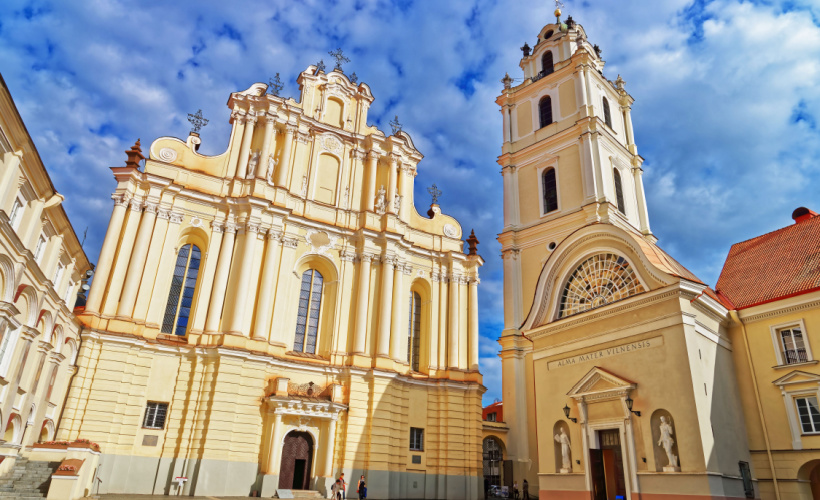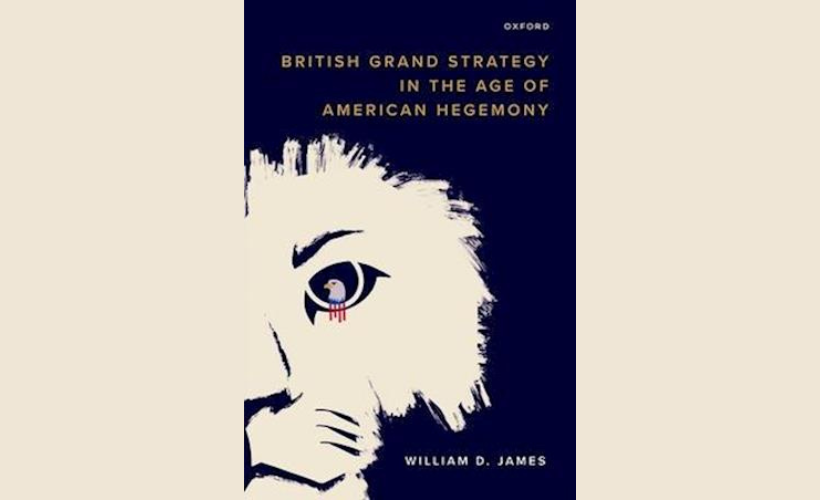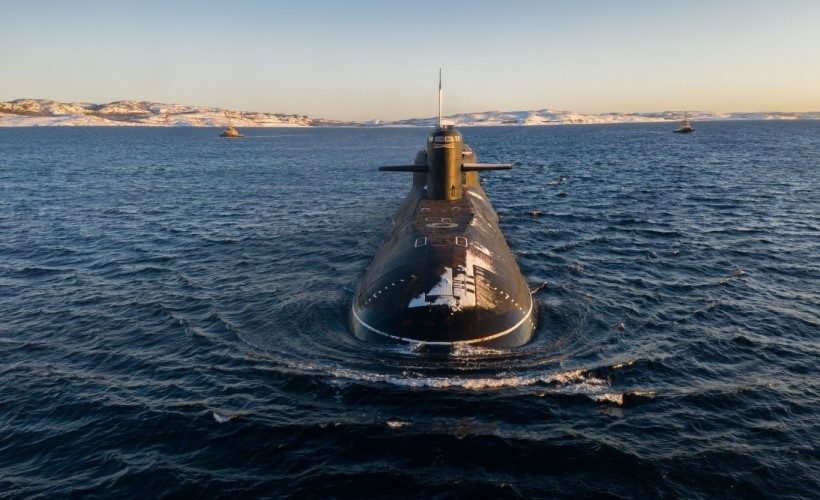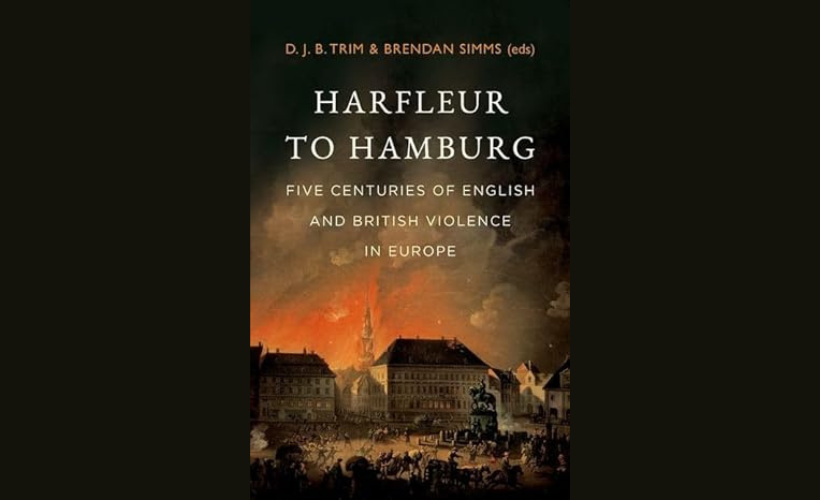Chair: Dr. Donatas Kupčiūnas, Research Associate at the Centre for Geopolitics
Fascist Soft-power Propaganda in the Baltic States during the Interwar Period: The Case of Latvia
Dr. Rosario Napolitano (Riga Technical University/Riga Stradiņš University)
This presentation will focus the attention on the influence of Italian cultural propaganda in Latvia starting from the de jure recognition in 1921 until the first Soviet occupation in 1940. The cultural relations between Italy and Latvia, could be depicted in two different waves: the first one, from 1921 until 1932, where Italy tried to establish the foundations of its cultural influence, not without a few difficulties, and the second, from 1933 until 1940, when Fascist propaganda increased in Latvia; undoubtedly corresponding to Ulmanis’ takeover. Moreover, a more detailed propaganda strategy abroad was outlined, starting from 1932, with the Volta Conference and with the establishment of CAUR (Comitati d’Azione per l’Universalità di Roma/Action Committees for the Universality of Rome) and of the Ministry of Popular Culture in 1937.
Russian ‘Space-Time’: A Rhetorical Analysis of Presidential May 9 Speeches
Ragnar Knutsson (Uppsala University)
During the Soviet era the annual May Day and October Revolution military parades were among the best-known celebrations held in Moscow’s Red Square. Although discontinued after the collapse of the USSR, they were revived in 1995 by President Boris Yeltsin, celebrating the 50th anniversary of the WWII victory. The military parade in 1995 was the first time the Russian president gave the May 9 speech (on previous occasions, the speech had been given by the defence minister). After 1995, the May 9 military parade – with the presidential speech as the highlight – became an annual event, a national ritual. The Red Square annual principal speech on 9 May rhetorically belongs to the epideictic genre, whose historical origins can be traced to the praise of the gods at ancient religious festivals. The rhetoric often takes a temporal origo as its starting point. As noted by Orlando Figes, the discourse of politics in Russia is primarily defined by myths and ideas of the country’s past, remarking, ‘No other country has reimagined its own past so frequently’. The temporal origo of the ‘First Russian Republic’ (1991–1993) was the February Revolution of 1917. After October 1993, Russia changed the focus of its chronological orientation to 1945 – a reminder of Heraclitus’ ancient dictum that ‘war is the father of all things’. By the end of 1995, Russia saw the need to restore its great power status and balance so-called hegemonic aspirations of the United States.
The research asks what the relationship is between logos, pathos, and ethos in May 9 speeches. It will also consider how the typical May 9 speech performed and whether the Victory Day Parade can be analysed through the optics of popular geopolitics.
Multidimensional analysis of the Kaliningrad Oblast
Paul Graystone (University of Birmingham)
The main objective of the dissertation is a multidimensional analysis of the Kaliningrad Oblast. In particular, it attempts to bring together interdisciplinary approaches to the study of borders and borderlands. The dissertation analyses the history, politics and geography of the region using official publications and statements, as well as original research during a period of fieldwork in late 2022. Primary research includes detailed interviews with experts and practitioners on the dynamics of cross-border cooperation, alongside my own impressions and experiences within the borderland. The analysis will be divided into four chapters. The first chapter will describe the development of the borderland as a complex set of physical conditions, social processes and practices, norms and perceptions. The second chapter will extend this analysis using three examples that illustrate the growing salience of the border: small-border traffic (2012-2016), the ongoing problem of transit and recent visa bans. The third chapter will then outline the geopolitical challenges arising from the position of the Kaliningrad Oblast in the Baltic Sea Region, with a particular emphasis on the security of Poland and Lithuania. Finally, the fourth chapter will discuss how memory politics is used by actors in Kaliningrad to construct subject positions and resist dominant discourses emanating from the centre.







